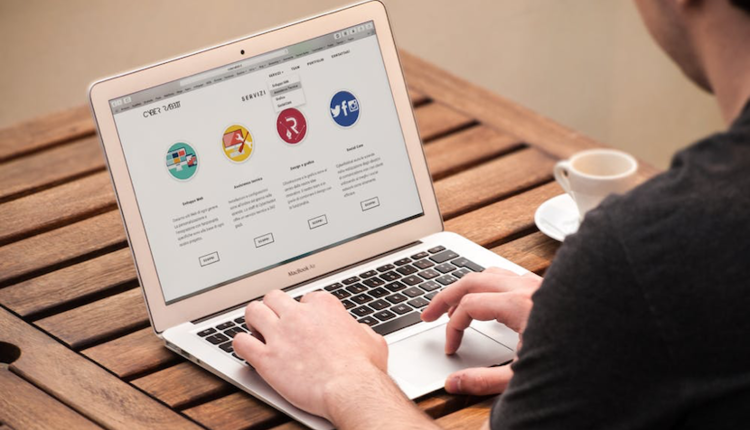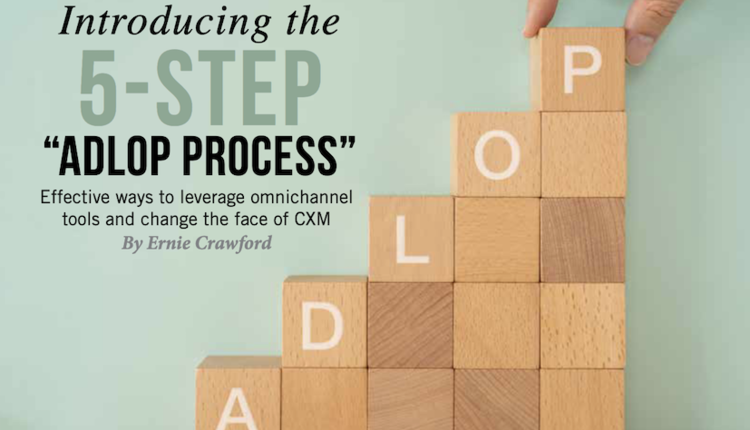
It has been said over and over again: The cost of a company’s printing operations, on average, comprises somewhere between one and three percent of your total operational costs, but how can you be sure? What is the actual cost of running the printing fleet, and what impact is that going to have on your business?
First, it is important to note that the high costs of printing are very real. Our study "A CXO’s Guide to Managed Print Services" shows that a firm with 1,000 employees is likely to incur $500,000 in printing costs per year, which can actually amount up to three to five percent of revenue. This is a substantial cost that is far too often overlooked, in part, due to the difficulty in identification. In addition to a full print fleet and environment assessment, understanding and consolidating billing structures for your fleet is a crucial first step to securing a successful managed print outsourcing engagement.
Unfortunately, there is no quick solution that will give you an answer. Identifying and quantifying the costs that are associated with running and managing your print/copy fleet are vast and broad.
What do we mean by “vast and broad?”
Many line items contribute to the total cost associated with printing, and the majority of costs are attributed to areas that aren’t initially considered. Hardware costs only account for five percent of total print fleet costs. The remaining 95% is derived from operational (45%) and support (50%) expenditures. These include supply items, service and maintenance, network drops, help desk calls, maintenance and support, energy consumption, etc. Often, these costs span multiple departments.
So, how can you fully understand your expenditures and consolidate your billing structure? Complete printer fleet assessment and end user analysis. The consolidation of decision making provides a holistic view of your organization’s costs and end user needs and how they may affect your managed print outsourcing engagement. However, it is important to seek help in achieving these goals, as internal assessments are shown to only identify 10% of total costs and strategic management change is often not embraced by employees.
Gaining a full understanding of your current environment (assessment)
The key to understanding your current state of affairs falls under three categories: internal user satisfaction and pain points, existing costs and current print, copy and scan volumes.
First, it is important to note that the high costs of printing are very real. Our study "A CXO’s Guide to Managed Print Services" shows that a firm with 1,000 employees is likely to incur $500,000 in printing costs per year, which can actually amount up to three to five percent of revenue. This is a substantial cost that is far too often overlooked, in part, due to the difficulty in identification. In addition to a full print fleet and environment assessment, understanding and consolidating billing structures for your fleet is a crucial first step to securing a successful managed print outsourcing engagement.
Unfortunately, there is no quick solution that will give you an answer. Identifying and quantifying the costs that are associated with running and managing your print/copy fleet are vast and broad.
What do we mean by “vast and broad?”
Many line items contribute to the total cost associated with printing, and the majority of costs are attributed to areas that aren’t initially considered. Hardware costs only account for five percent of total print fleet costs. The remaining 95% is derived from operational (45%) and support (50%) expenditures. These include supply items, service and maintenance, network drops, help desk calls, maintenance and support, energy consumption, etc. Often, these costs span multiple departments.
So, how can you fully understand your expenditures and consolidate your billing structure? Complete printer fleet assessment and end user analysis. The consolidation of decision making provides a holistic view of your organization’s costs and end user needs and how they may affect your managed print outsourcing engagement. However, it is important to seek help in achieving these goals, as internal assessments are shown to only identify 10% of total costs and strategic management change is often not embraced by employees.
Gaining a full understanding of your current environment (assessment)
The key to understanding your current state of affairs falls under three categories: internal user satisfaction and pain points, existing costs and current print, copy and scan volumes.
Gauging internal user satisfaction and pain points is best done through user interviews. In conducting interviews with a representative sample of users, you can identify a number of things, including specific needs and pain points, as well as fear that may be associated with the transition to a managed print environment. In addition, you can identify costly user behavior. In a recent engagement, Photizo Group found that users that were frustrated with the lengthy sign-in process that was implemented in their large multifunction printers (MFPs) would buy personal printers to use in their place, creating an extremely costly, unmanaged environment.
Another example from our first-hand analysis is employee behavior that causes waste with duplicate printing. For example, we recorded an end user saying, “If the big copier outside my office is busy when I need to print a large job, I will send the job to the big copier upstairs, but, sometimes, I change my mind and don’t want to walk upstairs to get the print job, so I just leave it there and print the job again when the copier on my floor becomes available.” Identifying these costly behaviors is only achieved through first-hand interviews and employee analysis.
Once you understand your users, it is crucial to identify existing costs. Analyzing purchase history—toner/ink, paper, maintenance, services—gives insight into current expenditures, providing a holistic view of you cost structure. Also, analyzing internal device usage is important in understanding the cost associated with running your fleet. This can be done with analyzing status pages and the implementation of monitoring software in the initial assessment. A number of software solutions are available that map out print, copy, scan usage, and even where your devices are located. It is highly recommended to monitor your fleet for an extended period of time, with a minimum of 60 to 90 days.
Centralizing decision making
Consolidating and centralizing the decision-making process around your print fleet and objectives is critical to understanding and managing your identified costs. Many organizations leave departments, and sometimes individuals, in charge of making their own decisions about hardware, maintenance and supplies usage. The individualized management of costs creates an environment of inconsistency and inefficiency. In centralizing print management and decision making, you can maintain consistency with best practices and a holistic view of spending and waste. This is even more important when shifting to a managed environment. Managed in itself means there will be controls and someone will have governing authority and measure results.
The five question test
Because printing and copying costs in an unmanaged environment are distributed to departments, they are "hidden" from management. As a result, most organizations cannot answer five basic questions about the cost of their printing/scanning/copying environment, which are:
1. How many printing, copying and scanning devices does your organization have?
2. How many pages does your organization print or copy per year?
3. What does it cost to print/copy/scan these pages?
4. What is the ratio of users to printers/copiers/MFPs in your organization?
5. How much time is spent by your information technology (IT) organization supporting point?
How many of these questions can you answer? Without complete knowledge of your expenditures and wastes, it will be difficult to build a case for making change. In doing your due diligence, gaining a full understanding of the costs associated with printing and, ultimately, implementing optimized decision-making standards, you will have a major impact on your organization's future success by reducing costs, improving internal customer satisfaction and freeing up your IT organization for more mission-critical tasks.
Learn more about managed print outsourcing. For the full Photizo Group study "A CXO’s Guide to Managed Print Services," visit photizogroup.com/cxo-whitepaper-download.
Edward Crowley has more than 30 years of experience in the high-tech industry and is the president and CEO of Photizo Group, a global consulting and market intelligence firm. Learn more about managed print outsourcing or follow Mr. Crowley on Twitter @PhotizoGroup.




















